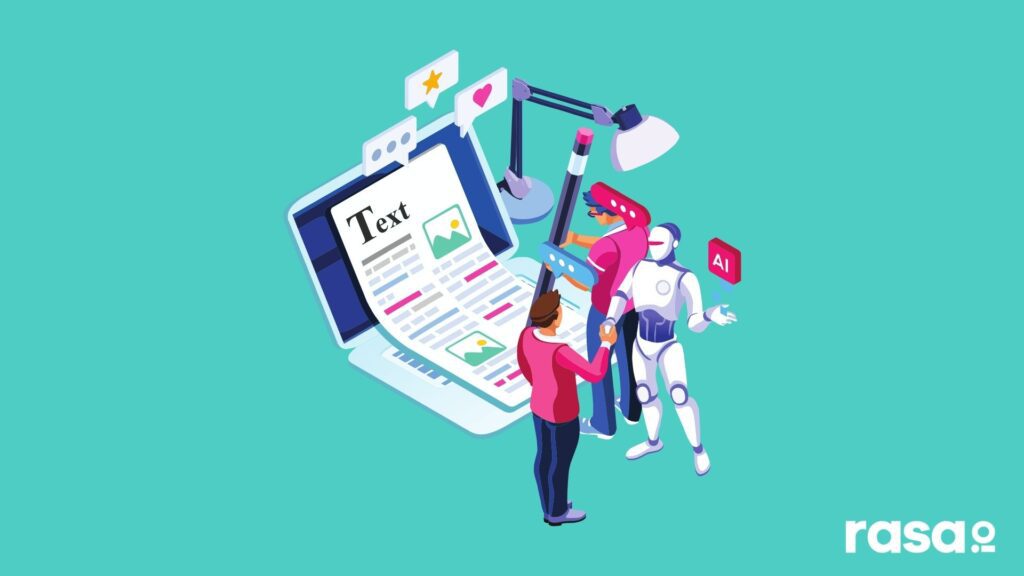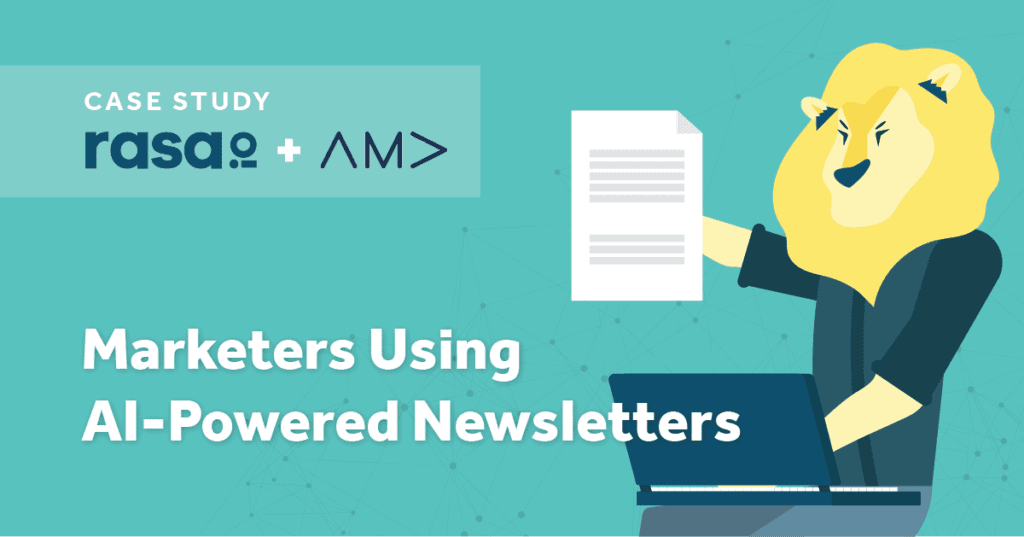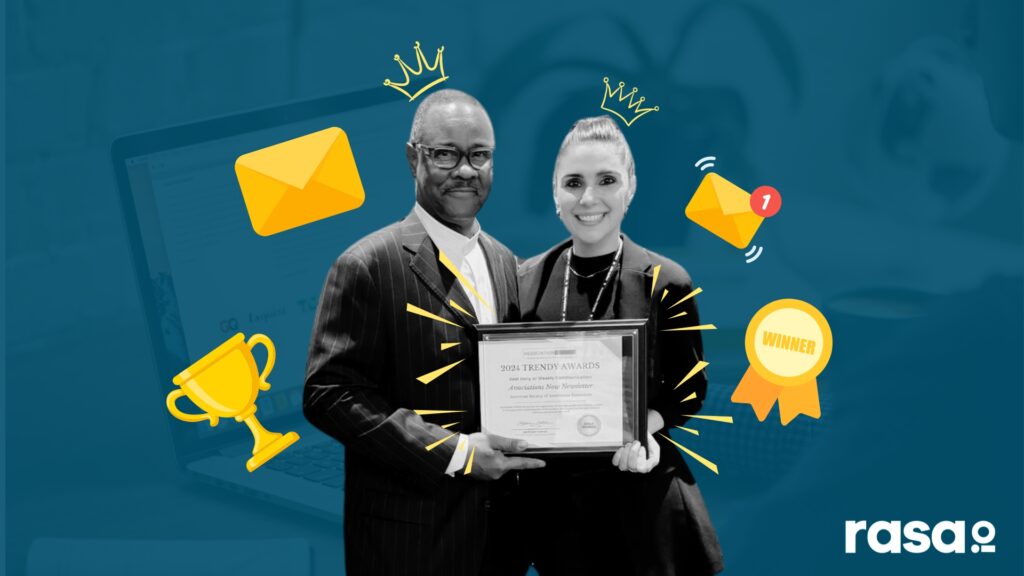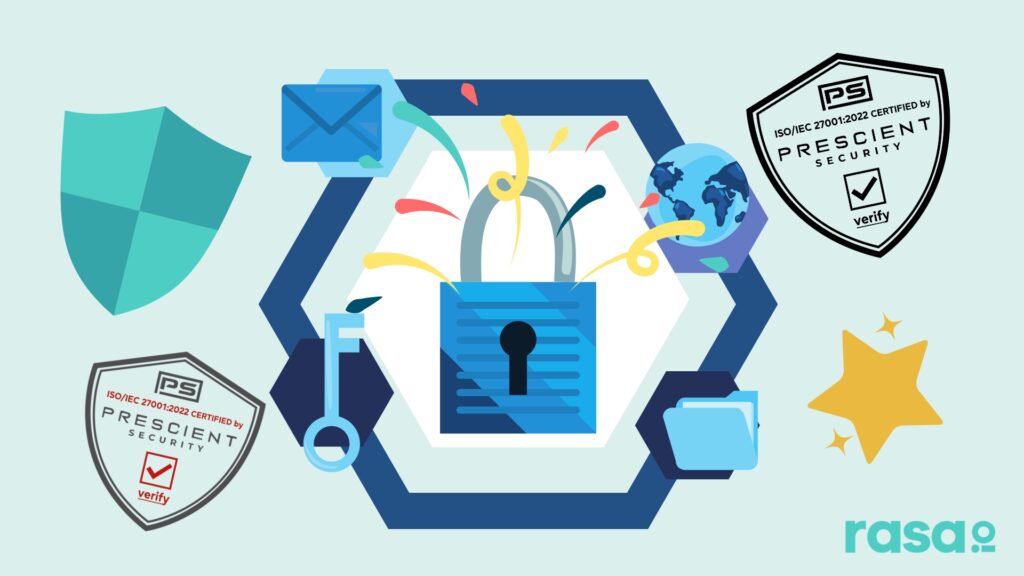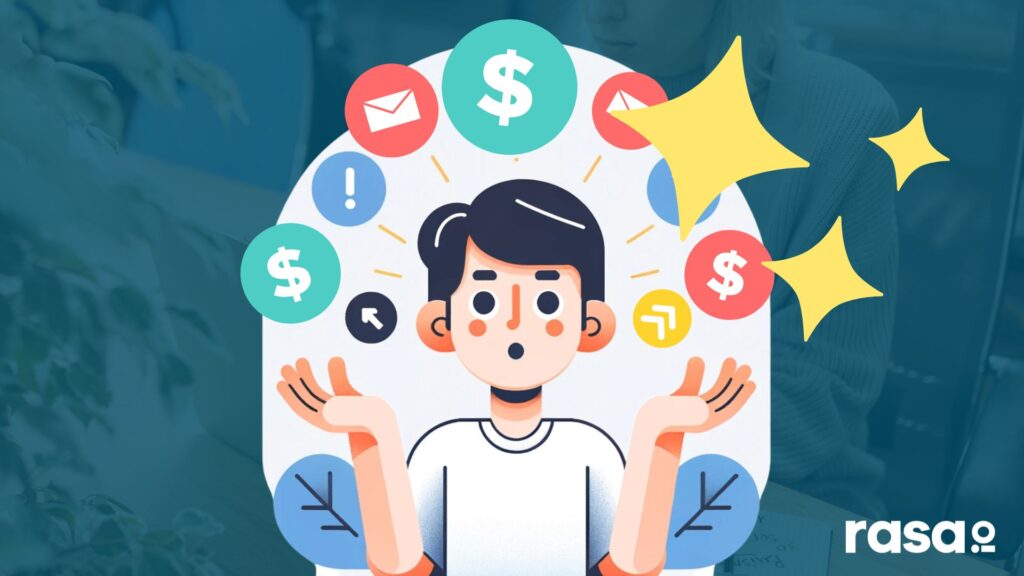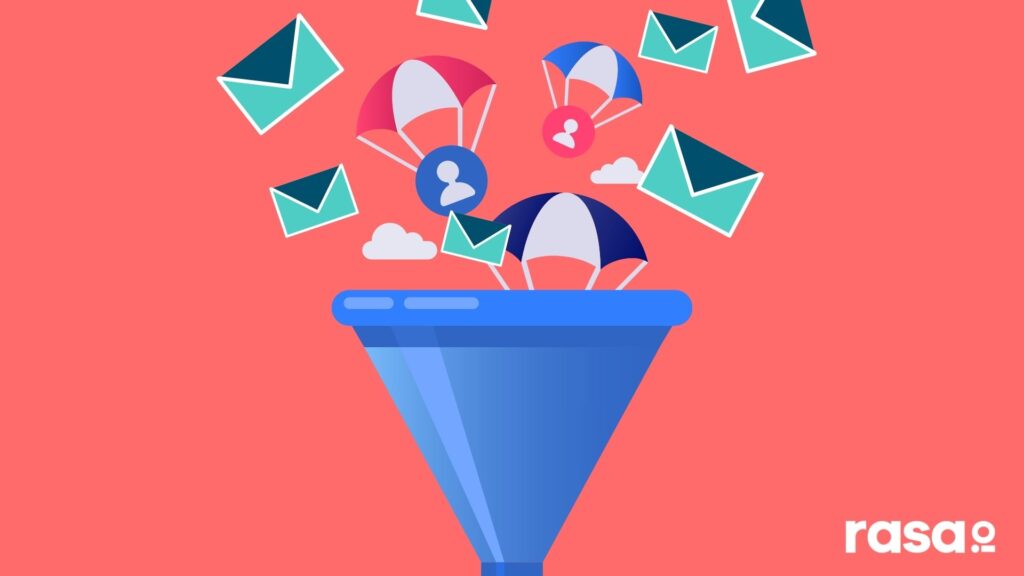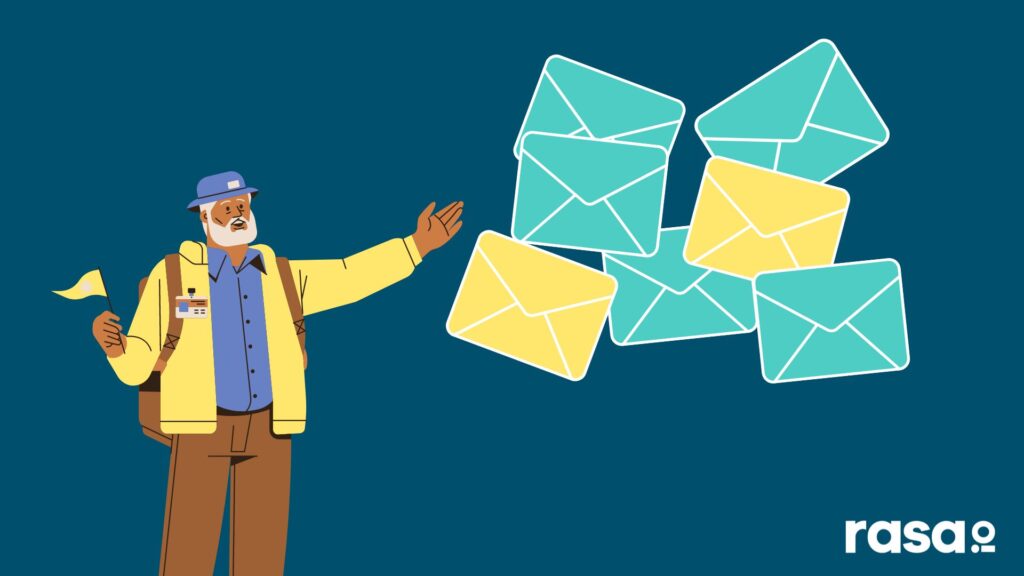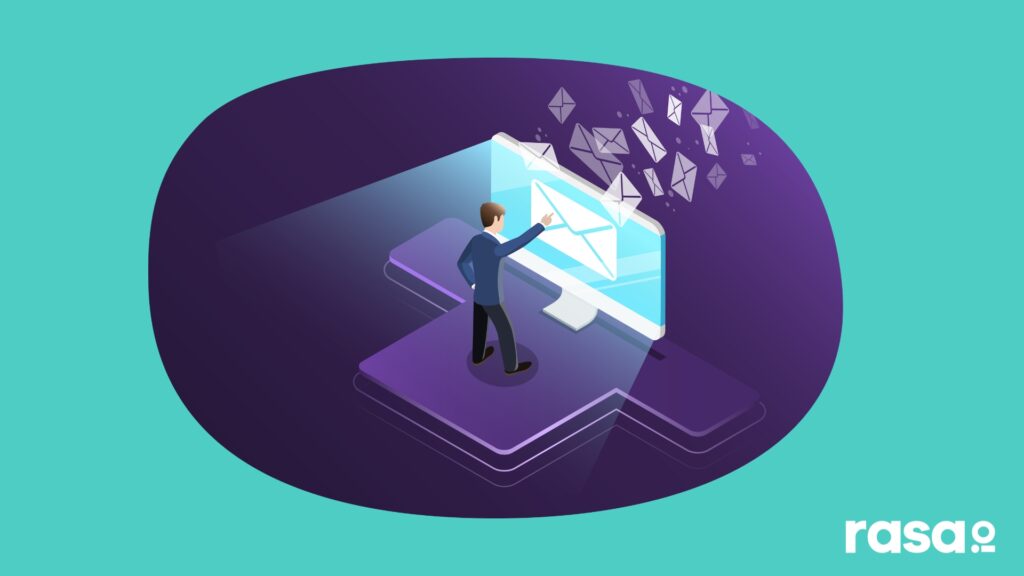Email is something marketers do a lot. Some contacts engage and respond, while others don’t. That’s just the way it is.
A single email sent to contacts within the same demographic group and/or stage of your conversion funnel can get different levels of engagement.
How come? That’s the million-dollar question.
While some people may find daily or weekly emails valuable to engage with, others might appreciate getting only one email per month.
Contacts who receive too many emails may develop email fatigue, which means they will stop engaging. To avoid this, we all try to find the most appropriate frequency for sending emails.
Are we sending too many messages?
Are we sending too few?
What is the right amount?
If you don’t want to fatigue your contacts but still want to deliver the content they are looking for, you need to find a Goldie Locks sweet spot.
Today, we will look at email fatigue from a user’s point of view. We’ll also discuss what’s causing fatigue with your contacts, how to reinvigorate the ones that may already be fatigued as well as how to get your contacts to appreciate more emails.
Let’s start by understanding the concept itself.
Email Fatigue: What Is It?
Consumers who are tired of receiving emails are experiencing email fatigue. Everybody with an inbox can understand this feeling. But it’s the marketer’s job to address it.
Customers begin ignoring your messages, deleting them, unsubscribing, or sending your emails to the spam folder.
Everyone gets email fatigue. It’s more common than you might think. The number of emails Americans receive overwhelms nearly 75% of them, and only 15% of email users believe that the messages they receive from marketers are valuable.
These numbers should encourage you to think about the deliverability rates of your emails and whether your contacts believe you’re emailing too frequently.
Factors Contributing to Email Marketing Fatigue
Email fatigue is typically caused by sending irrelevant emails to contacts or bombarding them with too many emails. If you keep sending the wrong message to the wrong people at the wrong time, your contacts will get tired of hearing from you.
That is not to say that you cannot avoid fatiguing your contacts — and the solution is not always simply sending fewer emails. Consumers still prefer email as a method of communication from brands; they just dislike receiving information that isn’t relevant to their interests.
Effects of Email Fatigue on Marketing Campaigns
Your email list will fatigue faster than you can say “unsubscribe” if your campaigns are not personalized, customized, and tailored to specific user behavior.
That’s no small problem. A rising number of unsubscribes or spam marks can have a significant impact on not only your engagement metrics but also on your sales and revenue, especially if you are getting caught by spam filters regularly.
As far as revenue loss is concerned, you’ll have to draw your own conclusions based on your unique business. But one study found that nonprofits lose about $15,000 annually due to spam filters and email fatigue.
Now imagine what that would do for a for-profit company.
How to Overcome Email Fatigue?
Email experts will tell you that if you want to prevent email fatigue from the outset, you must address its root causes:
- Irrelevant emails
- Too many emails
Step one is to increase the value subscribers receive from your emails. Then, you can determine the perfect frequency for your email lists. Follow these three simple steps to overcome email fatigue:
#1 Measure Email Fatigue Levels
To prevent or eliminate email fatigue, you need to measure how fatigued your recipients are currently. You can monitor for signs of email fatigue through any good email tool (especially one like rasa.io).
Symptoms such as a gradual decline in engagement numbers (such as how many users opened your email) indicate email fatigue and should be investigated, especially among contacts who have historically been engaged.
Click-through rates (CTRs) are also something you should keep an eye on. It’s one of the most important metrics in email marketing.
Utilize your baseline CTR to determine if creating more relevant and personalized emails makes a difference.
After you set that baseline, you can increase or decrease your monthly send rate as needed. Companies typically send 2–3 emails per month, although this may change depending on their audience.
You can identify content that your customers are interested in by looking at their click preferences.
You can often find the data you need to boost engagement in your next email marketing campaign by digging deep into the pages of your website your contacts view most, the links they click on, and how often they visit your site.
Evaluating your database’s email fatigue is easier with a tool like rasa.io. You can even integrate HubSpot and other tools directly with the platform, enabling you to create lists based on email behavior for your contacts.
#2 Know Your Customers
Understanding your audience is key to reducing email fatigue and building long-term loyalty. Consider the following approaches:
#2a Segmented Granular Lists
Let the people have what they want!
You can segment your subscriber list to ensure that you only send them the most relevant, personalized, and customized content. Having specific lists lets you share content that speaks directly to their interests and becomes a welcome sight in their inbox.
#2b Content Maps
With all the information you know about your lists and segments, map the path of content you want to send them based on their buyers’ journey.
Determine which content will be delivered when and to which audiences. This puts the right content in the hands of your readers at the right time.
#2c Schedule Send Time
In addition to determining how often you should email your contacts, you must also determine the most appropriate time to send.
Contacts may open emails at different times depending on their personal routines.
You may want to aim for consistency when using programmed emails, such as blog notifications and newsletters. This way, those who subscribe to your emails can learn to anticipate and plan for them.
Establish the right expectations from the get-go by sending this type of communication at pre-established intervals. If you want to test the best time to send emails, you can send them to different segments at different times. Just be sure that the emails are consistent within each segment.
#2d Ensure Quick Load Times
A crucial part of any campaign is to test how your emails display in different email clients. When people open your email, you want them to have the same experience whether they’re using an Android device or iPhone, Gmail, Apple Mail, or Outlook.
Be careful with image sizes and loading speeds, as well as design elements that might not look great on mobile devices. All of your contacts should be able to read your emails easily.
#2e Be Open to Constructive Criticism
There is almost no doubt that some people will unsubscribe from your emails. This is fine. You shouldn’t take it personally. Think of it as an opportunity to learn. Ask for feedback from them and try to understand why it happened. Then take action.
A few trends will be apparent, such as how many people unsubscribe from promotional emails and how many unsubscribe from blogs. Can you draw any conclusions from that data? Perhaps your blog content is excellent, but your promotions don’t grab users’ attention. Not to worry, there are tips and tricks on how to handle your email subscribers’ shrinking attention spans.
Unsubscribes can also mean that your list is improving. I know that may sound counterintuitive, everyone wants a long list of email addresses in their database. But it’s better that folks who are not interested in your products or services remove themselves from your list. This way, your list becomes full of only people who actually want to hear from you.
#3 Setting up a Reengagement Campaign
Suppose the damage has already been done and email fatigue has set in?
In some cases, re-engaging disinterested leads isn’t worth the risk of your domain being marked as spam.
If you have unengaged subscribers, you’re hurting your performance metrics, which could negatively impact your deliverability. Therefore, you should know when to cut your losses and focus resources on subscribers who show an ongoing level of interest.
However, not all members of your fatigued list are lost causes. A re-engagement campaign is an effective method for reigniting your contacts’ interest in your brand, and it could be as simple as a workflow triggered based on a set period of inactivity.
In case you can’t see a way out and your engagement numbers keep dropping, there’s always the option of hiring a digital agency outside your team. These experienced professionals are well-versed in rekindling and improving email campaigns and may even have a few helpful suggestions about other aspects of your digital marketing efforts.
Wrapping Up
It is impossible to avoid email fatigue. What matters is how you handle it.
Reaching out to low-engagement contacts can allow you to experiment with creative content and strategies in the hope of winning them back and getting them to work with you again.
Learn what caused the low engagement and how you can improve it. Don’t ignore common sense, either. If you wouldn’t want to receive the emails yourself, your audience is unlikely to enjoy them. Therefore, try to put yourself in their shoes and evaluate your emails.
If you send thoughtful emails at the right time, you’ll engage your subscribers and keep growing your brand, business, or organization.





